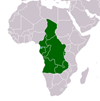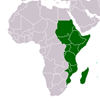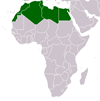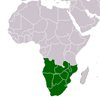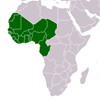Animation Theory: Prayer as Popular African Performance
Animation Theory: Prayer as Popular African Performance
Reggae music, a genre that was created in Jamaica in the late 1960s, has become popular across the globe for promoting positive representations of Ethiopia and Africa due to reggae's connections with the Rastafari movement. Ethiopian reggae musicians, through their interactions with Rastafari, have served as cultural ambassadors for a type of pan-Africanism that incorporates elements of Rastafari beliefs and promotes transatlantic solidarity. Some Ethiopians who emigrated have encountered Rastafari and reggae music while living outside of Ethiopia. Some Rastafari have left the Western world behind to repatriate to Ethiopia, believing it to be their homeland and Promised Land, leading to opportunities for cultural exchanges within Ethiopia. Ethiopian musicians work across cultural and linguistic barriers to engage with Rastafari and pan-Africanism through their social interactions and approaches to reggae performance conventions while navigating differences in worldviews. Based on ethnographic research with reggae musicians in Ethiopia, I argue that Ethiopian musicians use different composition and performance techniques to narrate and build on the historical connections between Ethiopia, Jamaica, and Rastafari in ways that articulate and promote a type of transatlantic solidarity informed by pan-African discourse.
CITATION: Adelakun, Abimbola. Animation Theory: Prayer as Popular African Performance . Oxon : Taylor & Francis Group , 2024. Journal of African Cultural Studies, Vol. 36, Number 4, September, 2024, PP. 447-453 - Available at: https://library.au.int/animation-theory-prayer-popular-african-performance

